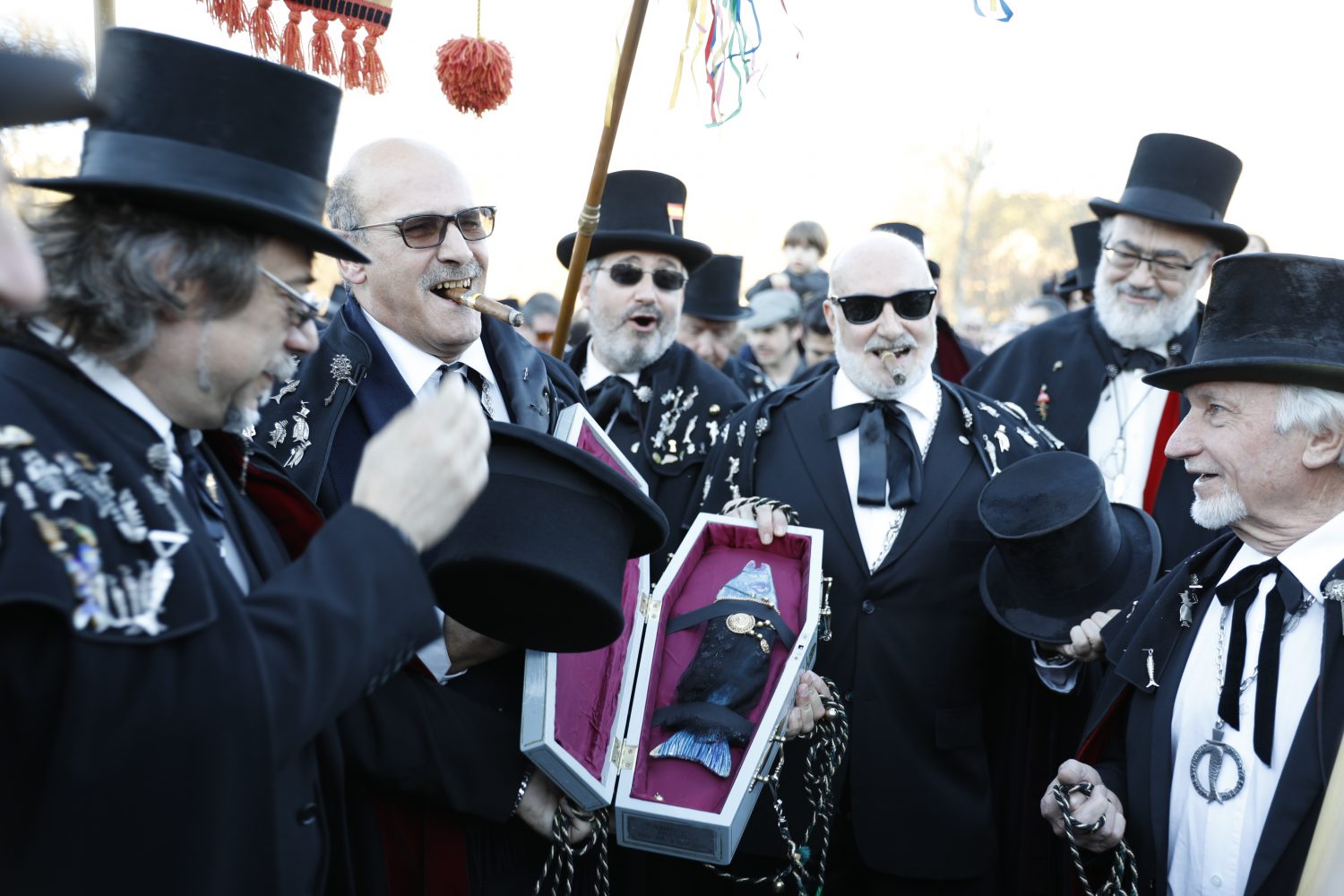
The carnival was one of Madrid’s tradition as early as the 16th century. The nobility celebrated parades of carnival in the “alcázar” that today is the Royal Palace. Actually it is a medieval festival, but it had its greatest splendor during the Renaissance.
Later, the street celebrations began, which continued until 1936 when the Spanish Civil War began. But at the end, and out of fear of anonymous reprisals, the Franco dictatorship prohibited them, which would continue for 44 years. What was not completely lost was the celebration of “Burial of the Sardine”, a Madrid tradition that was carried out clandestinely every Ash Wednesday. But it would still have to wait until 1980 to officially recover the Madrid carnival.
Nowadays, the carnival of Madrid begins with the reading of the proclamation by a famous person. Then, the one chosen as “Musa del Carnaval” presides over the parade that runs through some of the streets in the center of the city. The following days activities such as dances, “murgas” and “comparsas” are held in various places in the city, such as the Plaza Mayor. One of the most notable events is the costume ball of the Círculo de Bellas Artes.
Next Tuesday depicts the fight between Don Carnal and Doña Cuaresma, symbolizing the excesses against austerity during Lent prior to Holy Week. The fight ends with the death of Don Carnal.
Finally, on Ash Wednesday, the Carnival ends with the parody of the Burial of the Sardine. In mourning, and dressed in cape and top hat the men and women wearing a “mantilla”, make up an entourage that accompanies the sardine through the streets of Madrid to reach the Hermitage of San Antonio de la Florida. In the end the sardine is buried in the Fuente de los Pajaritos, in the Casa de Campo.
And now that you know everything about the carnival in Madrid put on your costume and come to the downtown to enjoy it. And of course, do not forget to make the corresponding stop in El Anciano Rey de los Vinos.


